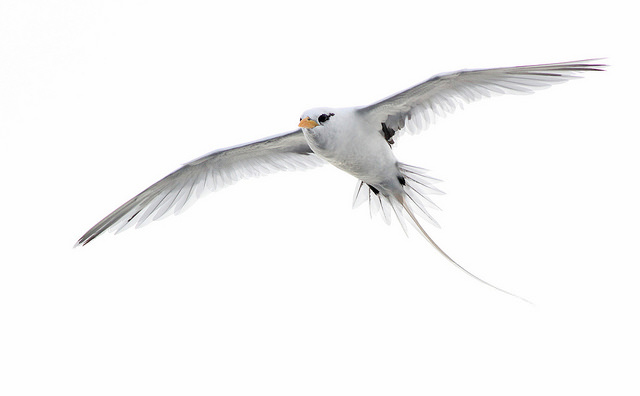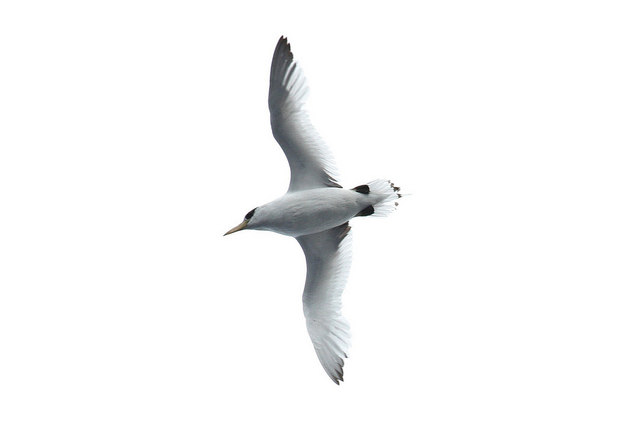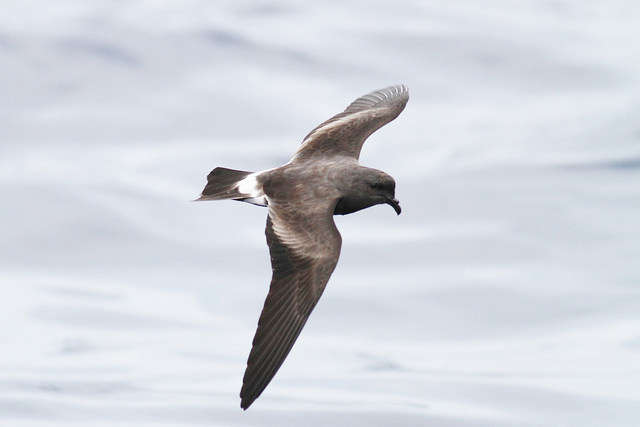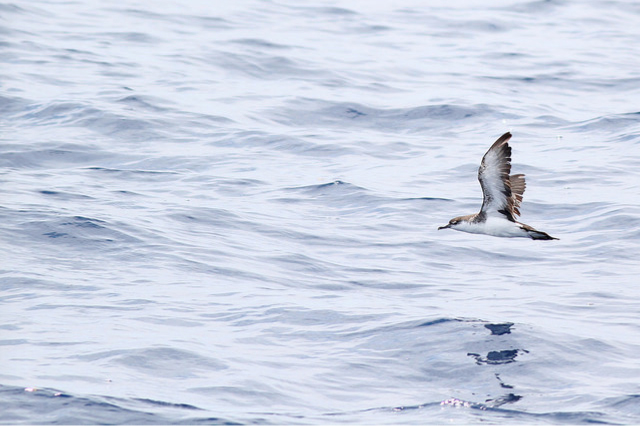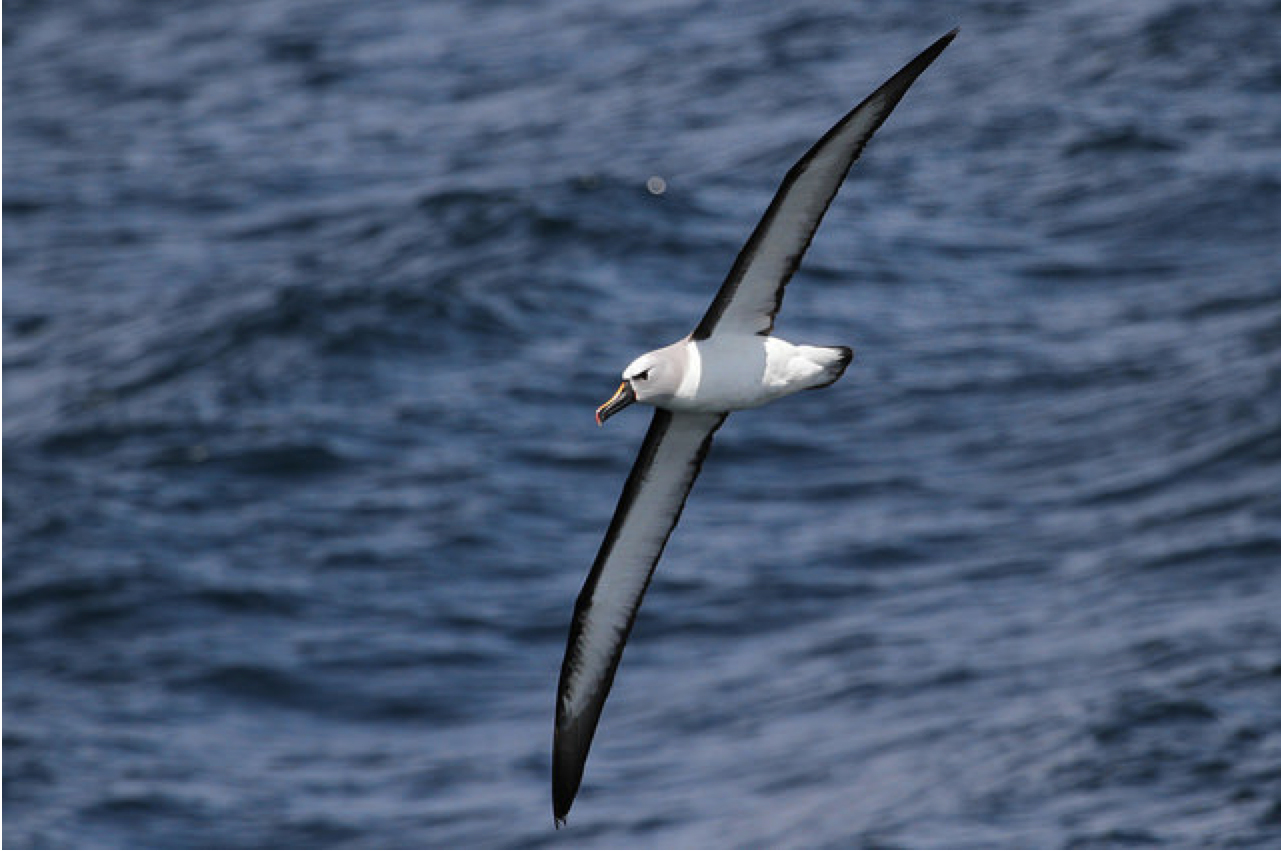Our beaches are teeming with tiny gooey blobs. Though they look like jellyfish, they’re called salps. Here are the basics on this remarkable invasion.
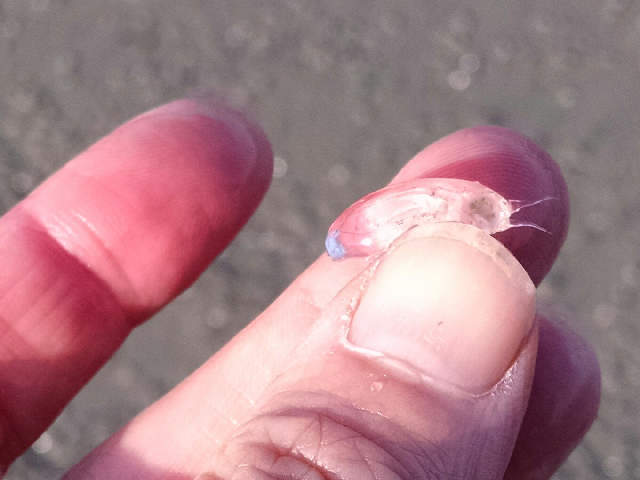
Salp © Cindy Bortee
About Salps
Salps are stingless, barrel-shaped creatures that travel by jet propulsion, squeezing water through their bodies. During different parts of their life cycle they may live individually or in chain-like colonies.
Don’t be deceived by our beach visitors’ almost featureless appearance—when salps are young, they have a rudimentary “spine” called a notochord. This puts them in the same scientific phylum as vertebrate animals like us.
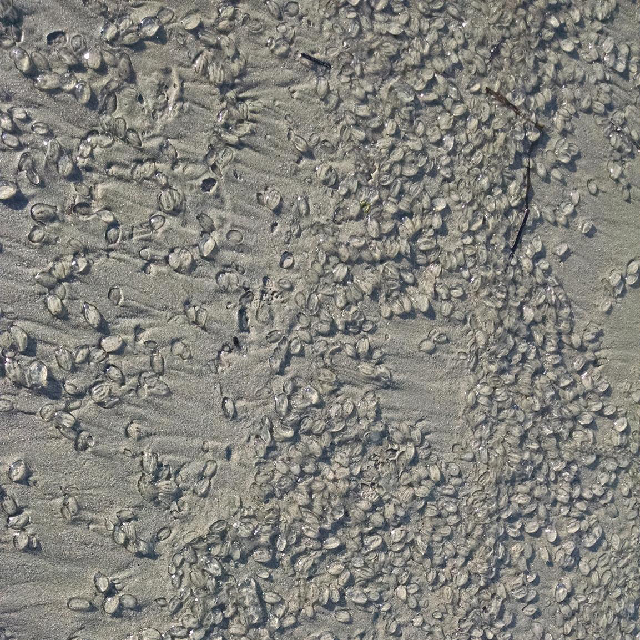
Salps on the beach © Cindy Bortee
Efficient Ocean Filters
As they jet along, salps filter the water for ocean microorganisms called phytoplankton, which become their food. Scientists have found that they’re adept at extracting even the tiniest organisms from the water.
What salps don’t use, they pack into dense, carbon-rich pellets of poop that sink to the seafloor. Because they remove carbon from the surface waters, they help to reduce the amount of carbon dioxide in the atmosphere—and combat climate change.
Booming Blobs
A number of factors can lead to a population explosion of salps. One is a boom in phytoplankton. When this prey is depleted, salp numbers will also decline. Another factor: ocean currents and winds that bring the salps to shore. While it lasts, this phenomenon may bring an unexpected benefit: bizarre-looking ocean sunfish, which are popular with whale-watchers, have been common in the waters off Massachusetts. These giants often eat gelatinous creatures such as jellyfish and salps.
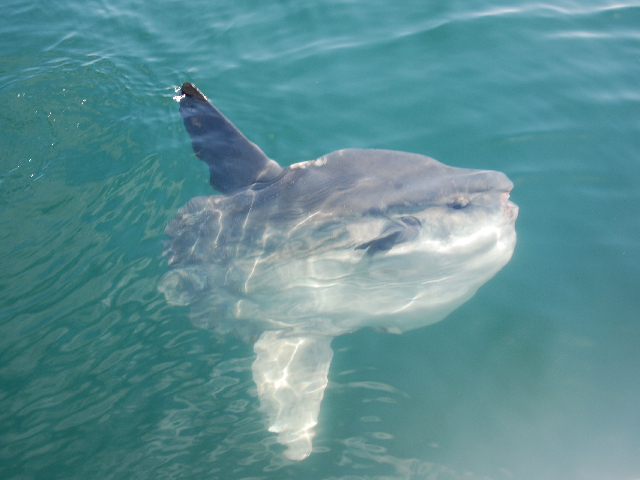
Ocean sunfish © Chris Leahy / Mass Audubon
Have you experienced this phenomenon? Let us know in the comments!


